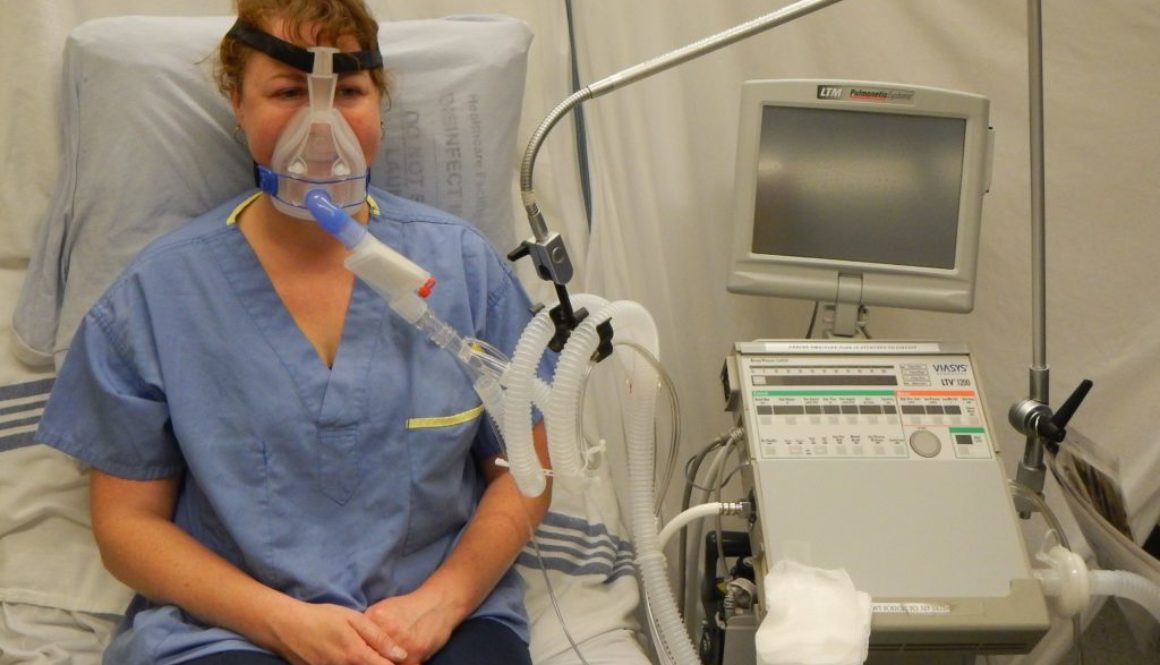The COVID-19 ventilator manufactured in Mexico
The VSZ-20-2 model ventilator has been developed and is manufactured in Mexico by private companies that included Femsa Torrey and Metalsa with support from the Monterrey Institute of Technology. The first units were acquired by the Slim Foundation.
Mexico recorded its first case of the coronavirus on February 28, 2020. Since then the number of people that have been infected in the country has exceeded 522,000. Given these numbers, Mexican authorities have faced significant challenges in providing sufficient medical devices to their hospitals and health workers. To make the circumstances more challenging, these difficulties have been exacerbated by border closures and high global demand for such items.
Because of these circumstances, the Ministry of Foreign Affairs (SRE) and the Salvador Zubirán National Institute of Medical Sciences and Nutrition put out the call for the design of a ventilator to be manufactured in Mexico. In total, a group of fifteen companies and academic institutions joined forces to take joint action to confront the pandemic.
In a short period of only 10 weeks, a group of companies including Femsa, the Coppel Group, Metalsa, Nemak, and Ternium, as well as universities that include the Monterrey Institute of Technology and Higher Studies, pooled their talents to design a homegrown ventilator. The result was the low-cost VSZ-20-2 model that would be manufactured in Mexico by using a totally domestic supply chain.
Beyond the production of the VSZ-20-2 ventilator, the Mexican Association of Innovative Medical Device Industries (AMID) released some of its patents for the manufacture of different medical devices, with the aim of ensuring their production. This was done for the purpose of meeting the increase in demand for this class of equipment in the face of the public health emergency.
Salvador Almaguer, chief operating officer at Femsa Torrey, which normally manufactures equipment for food processing, weighing, and conservation, explained that the groups that started to work on the Mexican made ventilator based their design on free prototypes that were already available on the market. This was done in order to save time. After the process of securing a design was complete, then the challenge of manufacturing was addressed.
Almaguer went on to observe that “the main effort that was needed was to reinvent ourselves as a company. We had to act in an agile way to be able to align our knowledge and that of the other participant groups to create a product that was manufactured in Mexico that was completely new to everyone.” For instance, some of the companies that were involved in the project were from the automotive sector. Although there were others that had experience in the manufacture of medical devices, none of the contributors had ever engaged in the production of a ventilator.
Totally Manufactured in Mexico
The manufacture of each ventilator required at least 17 processes that were executed in different plants around the country. The challenge for the participating companies and educational institutions was to create the new value chain needed to support the manufacture of the ventilator. “Everyone worked at coming up with solutions. The group of companies faced a supply chain challenge for the prototyping process since there was no organization that had manufactured this product domestically.
The VSZ-20-2 ventilator features a piston-based system that does not require wall air intakes for its operation. It is capable of functioning with regulated pressure oxygen intake. In addition to this, it has an uninterrupted power supply system that gives it autonomy for at least 30 minutes at full capacity. It is compatible with any standard two-way ventilation circuit. No internal sterilization system is required.
According to the director of Femsa Torrey, the use of the piston ensures that production can be executed in the volumes that will be required. Additionally, the production of the ventilator that is manufactured in Mexico is carried out in a plant owned by Metalsa. Metalsa had to adapt one of its production lines to align with the rules established by Mexico’s Federal Commission for the Protection Against Health Risks (Cofepris).
The project, in its entirety, was developed by Mexican engineers. The end result was that once manufactured, the apparatus is sold for approximately US $10,000. This price represents one-fifth of the cost of purchase of high-end respirators, which are priced at around US $50,000.
According to Salvador Almaguer, “The planning process analyzed the capabilities and skills of each of the companies that were involved. The one with the most experience in assembly was Metalsa. We chose to do the work at a plant in Apodaca, Nuevo León, and made the necessary adaptations to an assembly line at the facility.” Metalsa was also responsible for managing the requests for the ventilators and meeting the needs of both public and private clinics and hospitals.
In addition to the ventilators manufactured in Mexico, companies and institutions also developed training manuals for their use. After the devices were made available, the interest of organizations such as the Carlos Slim Foundation led to the sale of the first 20 Mexican manufactured ventilators. These units were donated to four public hospitals in San Luis Potosí, Yucatan, Coahuila, and Guerrero.
Almaguer concluded by saying that “the group of companies and organizations worked together not to make a profit but with the shared goal of saving lives.”




